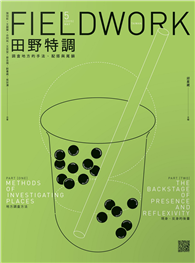Delve into the intricate world of land taxation in colonial India through the lens of Islamic jurisprudence with Neil B.E. Baillie’s meticulous exploration in "The Land Tax of India, According to the Moohummudan Law." This scholarly work unravels the historical evolution and legal intricacies of the Khiraj (Land Tax), a pivotal component of governance under Islamic rule.
Baillie’s narrative begins with a thorough examination of the origins and legal foundations of the Khiraj, tracing its roots back to early Islamic conquests and subsequent implementations across the Indian subcontinent. Drawing from authoritative texts such as the Futawa Alumgeeree and the Hidayah, supplemented by insightful commentaries, the author elucidates how Islamic legal principles shaped the administration of land revenue, influencing both rulers and subjects alike.
The book navigates through key chapters, each meticulously dissecting crucial aspects of Islamic taxation. From the joint consideration of Ooshr (tithe) and Khiraj in agricultural contexts to the imposition of taxes on mineral resources through Khooms, Baillie offers a comprehensive analysis enriched with historical contexts and practical implications. Chapters dedicated to the cultivation of waste lands and the intricate dynamics of landlord-tenant relationships under Moozaraut contracts further illuminate the complexities of Islamic land tenure.
In an enriching appendix, Baillie presents translated documents, including a significant Firman issued by Emperor Aurungzebe, offering readers a rare glimpse into the operationalization of Islamic legal doctrines within the robust administrative framework of Mughal India.
"The Land Tax of India, According to the Moohummudan Law" stands not only as a scholarly testament to the enduring legacy of Islamic legal traditions but also as a vital resource for historians, legal scholars, and enthusiasts of Indian colonial history. Baillie’s rigorous scholarship, supported by the patronage of the East India Company, underscores the book’s significance in bridging historical gaps and deepening our understanding of legal pluralism in pre-colonial and colonial India.
For those seeking a profound exploration of Islamic jurisprudence in the context of Indian land taxation, Baillie’s work promises both intellectual satisfaction and a deeper appreciation for the complexities inherent in legal and administrative systems shaped by cultural and religious influences.












